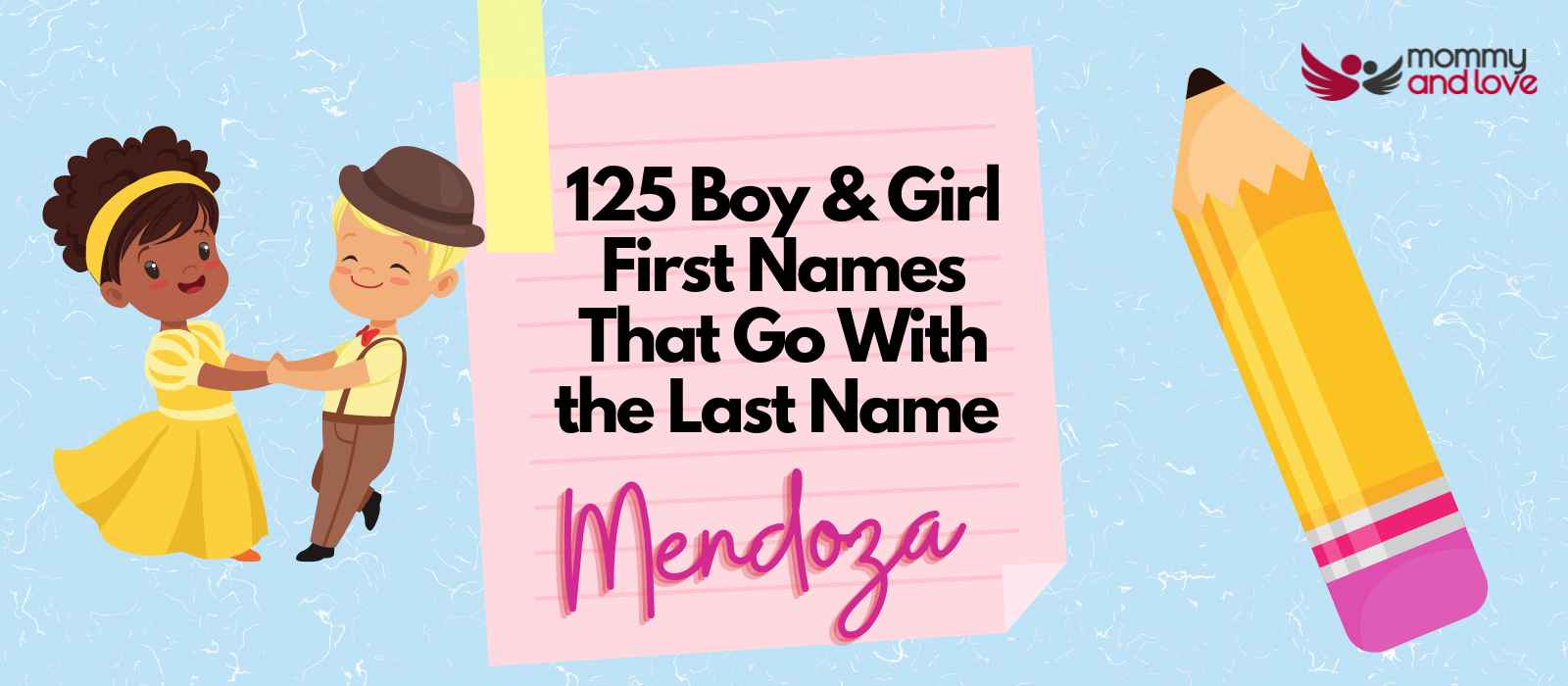While many women hear stories of posterior labors, they often don’t realize that a lot of the little aches and pains of late pregnancy can also be a sign of a posterior-positioned baby. Now, this doesn’t mean anything is wrong with your baby or you, but in this lovely dance called pregnancy, one partner is sort of stepping on the other partner’s toes. They don’t mean to hurt you. It’s getting tight in there, and they are looking for the position with the most room.
Posterior means that the back of your baby’s head (the occiput) is pressing your lower spine and tailbone. This can cause back pain and muscle tightness. While not every sore back is a posterior baby, it’s a common cause, and these tips are good no matter what position your baby is in! For relaxing sore back muscles when expecting, one of my favorite tools is a pool noodle! If you take a pool noodle and cut it to the length of your forearm, your partner can roll it up and down your back or you can place it between your back and the wall and move up and down across it. This massage helps to relax muscles simply and effectively without much effort on anyone’s part. A time-honored trick is using hot or cold packs on your back (or in some cases, on your belly, if it’s sore and you want the baby to rotate away from it!). While many people have heard of “rice socks” or hot packs, most people don’t realize that it’s really as easy as pulling out a clean sock and pouring in rice. Tie in a knot and heat in the microwave for 2-3 minutes. If it’s too warm, put a towel between the skin and the hot pack to protect mom from accidental burns. You can also buy cheap disposable hot packs/cold packs from the first aid section of any drugstore or grocery store. They are easy to use and work for up to an hour. If you are still a working mom, these are great to buy and keep in your car or at your desk.
Be mindful of your sitting positions while in the car or at home! Lean slightly forward, and place a pillow behind your back to stay upright. Lean forward on a birth ball while sitting on the floor. These are two ways to keep your baby from getting comfortable and stretched out as you lean back and stretch out. The heaviest part of the baby (head and back) will naturally rotate backward towards your spine if you give the baby a bit too much room. Pelvic rocks (those cat/cow stretches where you are on hands and knees and go from “camel humpback” to “sagging belly) are another way to keep the baby’s back to the front of your belly.
The website Spinning Babies has more tips and tricks to help mamas with comfort measures and ways to possibly gently turn a posterior baby during pregnancy. What is essentially a pain in the back before labor could wind up meaning more painful or slower labor until baby rotates or is born. If you think your baby is posterior, there are tips and exercises you can use to tone your muscles to ease labor pain or turn your baby from posterior or even breech.Just remember that it is important when you’re pregnant to stay active and move as normally as you can. Walking daily, even a little bit, is still one of the best ways to help baby position well and keep your back and leg muscles strong and that will help support your body!




